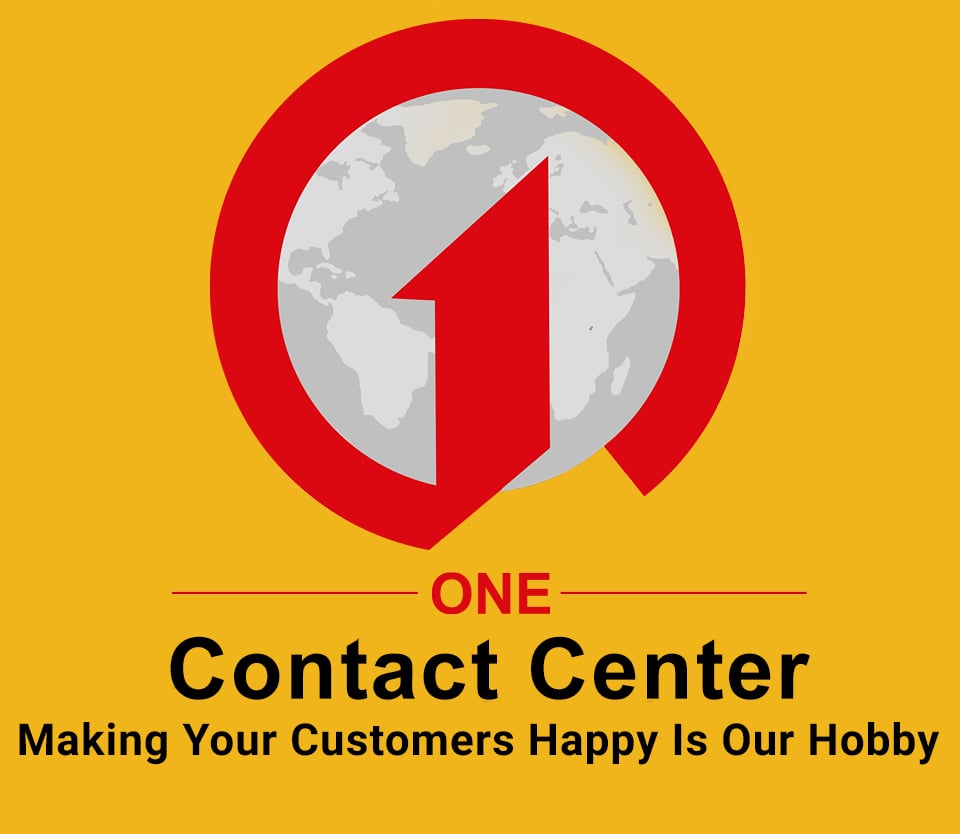Channel hopping in customer communication refers to the practice of switching between multiple communication channels, such as phone, email, and social media, during a single customer interaction. While it offers flexibility, it often leads to frustration and dissatisfaction among customers. This article explores why channel hopping is a turn-off for most customers and provides insights into its drawbacks and potential alternatives.
Understanding Channel Hopping in Customer Communication
Channel hopping in customer communication refers to the practice where customers switch between different communication channels during their interaction with a business. This can include moving from email to phone, from chat to social media, or any other combination of channels. Understanding this behavior is crucial for businesses aiming to provide a seamless customer experience.
Defining Channel Hopping
Channel hopping is the act of switching communication channels mid-conversation. This can happen for various reasons, such as convenience, preference, or necessity. For instance, a customer might start an inquiry via email but switch to a phone call for a more immediate response.
Common Channels Used
Customers today have a plethora of channels to choose from when communicating with businesses.
- Phone
- Live Chat
- Social Media
- SMS
Each of these channels offers unique advantages and can be preferred by different customer segments.
Customer Preferences
Customer preferences play a significant role in channel hopping. Some customers may prefer the immediacy of a phone call, while others might opt for the convenience of email or the informality of social media. Businesses need to be aware of these preferences to better cater to their customers' needs.
The Drawbacks of Channel Hopping for Customers
Inconvenience and Frustration
Channel hopping can lead to significant inconvenience and frustration for customers. When customers are forced to switch between different communication channels, it disrupts the flow of their interaction. This can be particularly annoying when interactions can't be completed in a given channel. Customers often find themselves repeating information, which adds to their frustration.
Repetition of Information
One of the most common issues with channel hopping is the need for customers to re-state their situation when they switch channels. This repetition is not only time-consuming but also irritating. Customers expect a seamless experience, and having to repeat themselves goes against this expectation.
The need to re-state information can make customers feel like their time is not valued, leading to a negative perception of the business.
Interrupted Conversations
Channel hopping often results in interrupted conversations. When customers switch channels, there is a risk that the context of the conversation will be lost. Maintaining a consistent conversation across channels is crucial for a positive customer experience.
Impact on Customer Experience
Decreased Satisfaction
Channel hopping often leads to decreased satisfaction among customers. When customers are forced to switch between multiple channels, it disrupts their experience and makes it difficult to maintain a coherent conversation. This can result in frustration and a feeling that the business does not value their time.
Loss of Loyalty
Frequent channel hopping can erode customer loyalty. Customers expect a seamless and consistent experience, and when they don't receive it, they may start looking for alternatives. This loss of loyalty can have long-term negative effects on a business's customer base and revenue.
Negative Word of Mouth
When customers have a poor experience due to channel hopping, they are likely to share their frustrations with others. This negative word of mouth can damage a company's reputation and deter potential customers from engaging with the business.
Ensuring a smooth and consistent customer experience across all channels is crucial for maintaining customer satisfaction and loyalty.
Challenges for Businesses Implementing Channel Hopping
Technical Difficulties
Implementing channel hopping can be fraught with technical difficulties. Businesses need to ensure that their systems are capable of handling multiple communication channels seamlessly. This often involves integrating various platforms and ensuring that data flows smoothly between them. The complexity of these integrations can lead to significant technical challenges.
Training and Adaptation
Employees must be trained to handle interactions across different channels. This requires not only technical training but also an understanding of how to maintain a consistent customer experience. Training programs need to be comprehensive and ongoing to adapt to new channels and technologies.
Consistency Across Channels
Maintaining consistency across channels is crucial for a positive customer experience. Businesses must ensure that the information provided and the quality of service are uniform, regardless of the channel used. This can be particularly challenging when different teams or departments manage different channels.
Simplify channel hopping. Providing omnichannel customer experiences is a necessity. Make the shift to a more integrated approach to meet customer expectations.
|
Challenge |
Description |
|
Technical Difficulties |
Integrating multiple platforms and ensuring smooth data flow |
|
Training and Adaptation |
Comprehensive and ongoing training for employees |
|
Consistency Across Channels |
Uniform information and service quality across all channels |
Alternatives to Channel Hopping
Omnichannel communication ensures that customers have a seamless experience across all platforms. This approach integrates various channels, allowing customers to switch between them without any disruption. Businesses can provide a consistent and unified experience, which is crucial for maintaining customer satisfaction.
Creating unified customer profiles helps in maintaining a comprehensive view of each customer. This means that all interactions, regardless of the channel, are recorded in a single profile. This eliminates the need for customers to repeat their information and ensures that their history is always accessible to support teams.
Seamless transitions between channels are essential for a smooth customer experience. By implementing systems that allow for easy switching, businesses can ensure that conversations are not interrupted.
Implementing these alternatives can significantly improve customer satisfaction and loyalty, making it easier for businesses to meet their customers' needs effectively.
Case Studies: Success and Failure in Channel Hopping
Successful Implementations
Several companies have successfully implemented channel-hopping strategies, leading to significant improvements in customer satisfaction. For instance, a major telecommunications company integrated its phone, email, and social media channels, allowing customers to switch seamlessly between them without having to re-state their situation. This improved customer experience and reduced the average handling time by 20%.
Common Pitfalls
Despite the potential benefits, many businesses face challenges when implementing channel hopping. One common issue is the failure to maintain consistency across channels, leading to customer frustration. Another pitfall is the lack of proper staff training, which can result in interrupted conversations and repeated information requests.
Lessons Learned
Ensure all channels are well-integrated and can share information seamlessly.
Invest in training for staff to handle multi-channel interactions effectively.
Regularly review and update the system to avoid technical difficulties.
The random time-hopping mechanism is verified to be capable of reducing the success rate of collisions, similar to the challenges faced in customer communication.
By learning from both successes and failures, businesses can better navigate the complexities of channel hopping and enhance their overall customer communication strategy.
Future Trends in Customer Communication
AI and Automation
Artificial Intelligence (AI) and automation are revolutionizing customer communication. AI-driven chatbots and virtual assistants can handle a significant portion of customer inquiries, providing instant responses and freeing up human agents for more complex issues. Automation tools can streamline workflows, ensuring that customer interactions are efficient and consistent.
Personalization
Personalization is becoming increasingly important in customer communication. Businesses are leveraging data collection to gain greater insight into customer behavior and preferences. This enables them to tailor their communication strategies to individual customers, making interactions more relevant and engaging. For example, companies can use engagement and read-rate data to cater to millennials' comfort with newer and faster channels.
Integration of New Technologies
The integration of new technologies is shaping the future of customer communication. With the proliferation of smartphones and tech-savvy users, businesses are now able to communicate via messenger apps, email, and other digital platforms. This allows for more agile and efficient communication, as agent teams can be smaller and more responsive. Additionally, the right platform can handle multiple channels seamlessly, creating a more cohesive customer experience.
Conclusion
While channel hopping offers a modern approach to customer communication, it is clear that most customers find it to be a turn-off. The potential benefits, such as improved customer experience and valuable insights for marketing and sales teams, are often overshadowed by the risks and inconveniences associated with switching channels. Customers prefer seamless and consistent interactions without the need to restate their issues or navigate through multiple platforms. Therefore, businesses must carefully consider their strategies to ensure they are enhancing, rather than complicating, the customer experience.
One Contact Center
One Contact Center offers call center support and BPO services for small businesses, startups, and international brands. If you’re keen on boosting your customer experience with reliable support services, please, contact us today. We’ll be more than happy to help.


